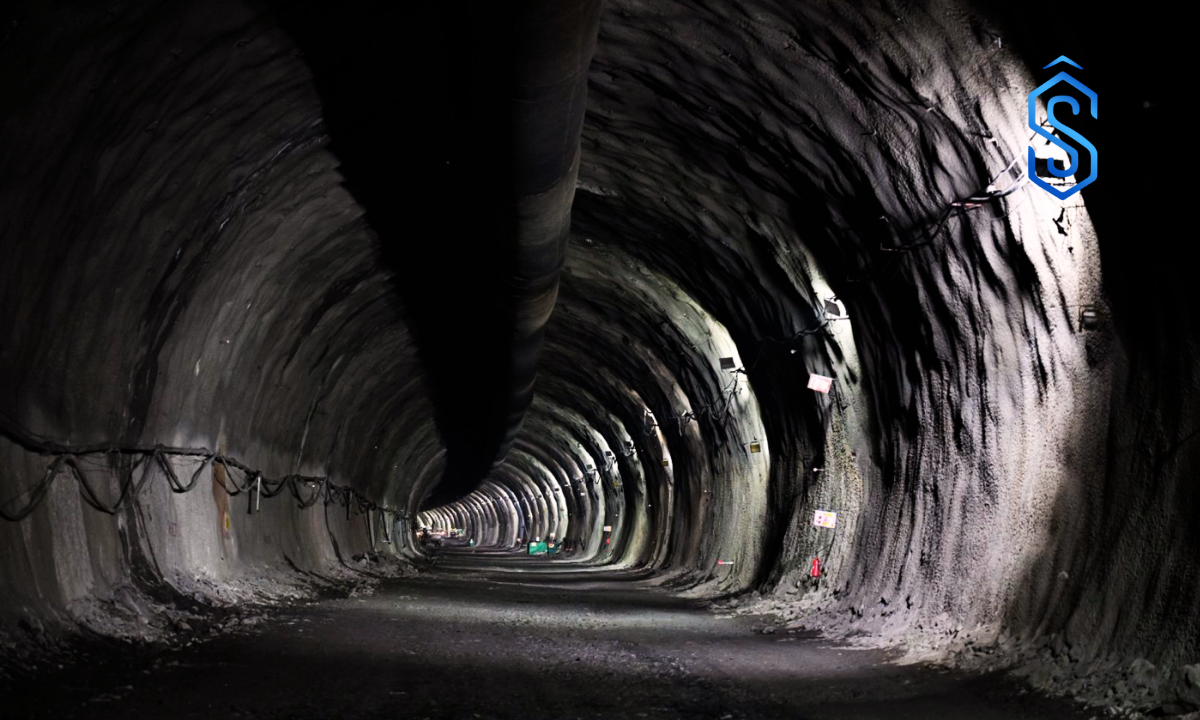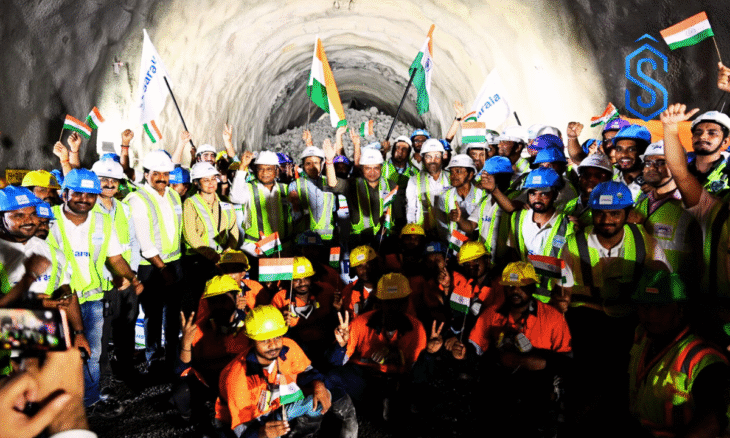Mumbai: India achieved a significant engineering feat with a major tunnel breakthrough in the Mumbai-Ahmedabad High-Speed Rail (HSR) project, under the leadership of Prime Minister Narendra Modi.
The milestone was marked by the successful connection of a 4.8 km tunnel section, excavated simultaneously from Ghansoli and Shilphata, through highly challenging underwater terrain.
Railway Minister congratulated the team, highlighting the achievement as a landmark moment in the construction of India’s first undersea tunnel connecting Mumbai and Thane.
Tunnel breakthrough to reshape connectivity and economy
The tunnel breakthrough is not just an engineering achievement but also a step toward transformative connectivity. The Mumbai-Ahmedabad Bullet Train will cut travel time to just 2 hours and 7 minutes, integrating the economies of Mumbai, Ahmedabad, Vadodara, Surat, Vapi, and Anand into a unified growth corridor.
Also Read: NHAI Announces Rollout of Multi-Lane Free Flow Tolling System at 25 Highway Plazas
Similar to Japan’s Shinkansen model, which generated a multiplier effect on its economy, the Indian bullet train project is expected to boost productivity, create unified markets, accelerate industrial growth, and facilitate knowledge transfer across western India.
The Railway Minister also emphasized that the fare structure is being designed for affordability, ensuring middle-class families can access comfortable high-speed travel.
Tunnel breakthrough highlights project progress and technical innovation
The tunnel breakthrough reflects the overall progress of the project, with:
- 320 km of viaduct construction completed
- Station development underway across all sites
- River bridges advancing steadily
- Sabarmati tunnel nearing completion
The project showcases engineering excellence, including a unique single-tunnel design that accommodates two bullet trains and the use of 40-meter girders for viaducts. These innovations have received international recognition, with Japanese partners praising the efficiency and design quality.
Future operations and advanced train technology
The Mumbai-Ahmedabad HSR will introduce Japan’s next-generation E10 Shinkansen technology in India. The first operational section between Surat and Bilimora is expected by 2027.
Also Read: Mizoram Development Projects: PM Modi Flags Off Rail and Road Connectivity Worth INR 9000 Cr
Planned operational framework includes:
- Initial frequency: one train every 30 minutes during peak hours
- Phase 2: every 20 minutes
- Future expansion: every 10 minutes as demand grows
- Extensive training programs for loco pilots and maintenance teams are already underway in Japan, ensuring adherence to global safety and efficiency standards.
Engineering excellence and strategic importance
The project employs the advanced New Austrian Tunnelling Method (NATM), supported by safety measures like piezometers, inclinometers, and strain gauges, while ensuring minimal impact on marine ecology and nearby structures.
Aligned with the vision of Prime Minister Modi, this project represents world-class infrastructure and will serve as a model for future high-speed rail networks across India.










